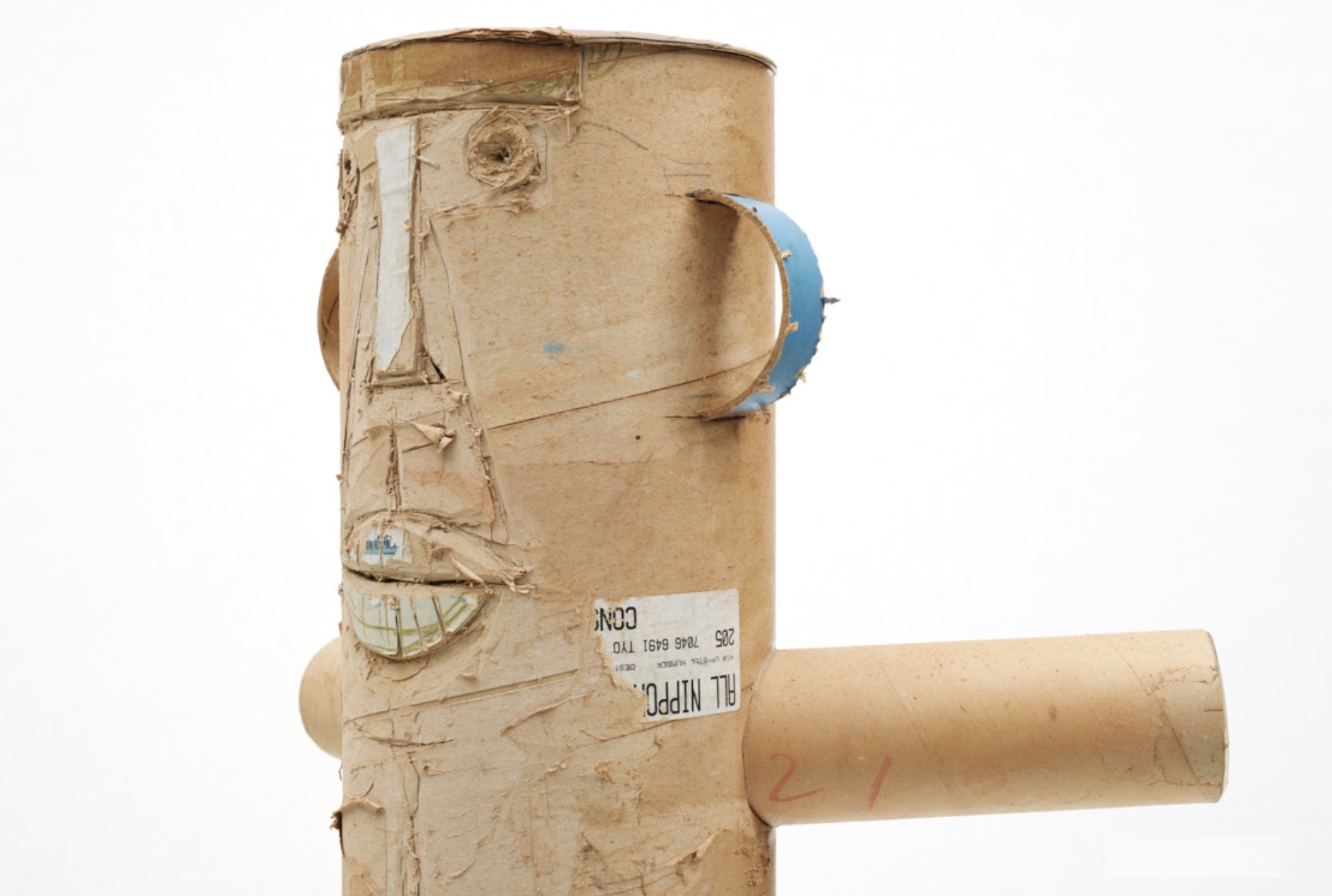
Goro Kakei
Exhibition
-> Sep 21 2023 – Dec 16 2023
Travesía Cuatro presents an exhibition of the work of Goro Kakei, the first solo exhibition by the Japanese artist in Mexico since he exhibited at the Museo de Arte de la Universidad de Veracruz in 1969, where he taught for 2 years. Goro Kakei was born in 1930 in the city of Shizuoka, on the coast of Japan and died in 2021 in Tokyo. Kakei is known to be a prolific sculptor, producing sculptures, oil paintings, drawings, etchings, and lithographs using a wide range of media and techniques since the 1950s.
In this individual exhibition, sculptures made between the years 1990 and 2000 will be exhibited, selected from Kakei's vast artistic production. In 1949, during the chaotic post-war era, Kakei moved from Shizuoka to Tokyo, where he was introduced to Yoshi Kinouchi's sculpture. He would later recall that "it was the beginning of my life", and this meeting marked the beginning of his sculptural career. The following year, Kakei enrolled in the Department of Sculpture at the Tokyo University of the Arts, where he began to pursue sculpture seriously. Not content with academic techniques, he began to explore his own expression of the human figure, introducing daring deformations through the direct application of plaster.
In 1957 he presented “The Annunciation” at the 21st Shinseisaku Art Society Exhibition and received the New Artist Award, and subsequently produced many works based on his Christian faith, such as “The Virgin Mary” (1958), “Job” ( 1961) and "Apostle" (1962). For Kakei, who was baptized at the age of 18, creating art derived from the Bible was not only a means of interpreting the sacred text, but also a practice for carrying out his own speculations on the nature of human existence. In the 1960s, with the unhindered diversification of materials and modes of expression coming from younger generation artists, Kakei did not follow the evolution of contemporary art, but instead continued his own figurative style focusing on the classical motif of the human figure.
— Travesía Cuatro